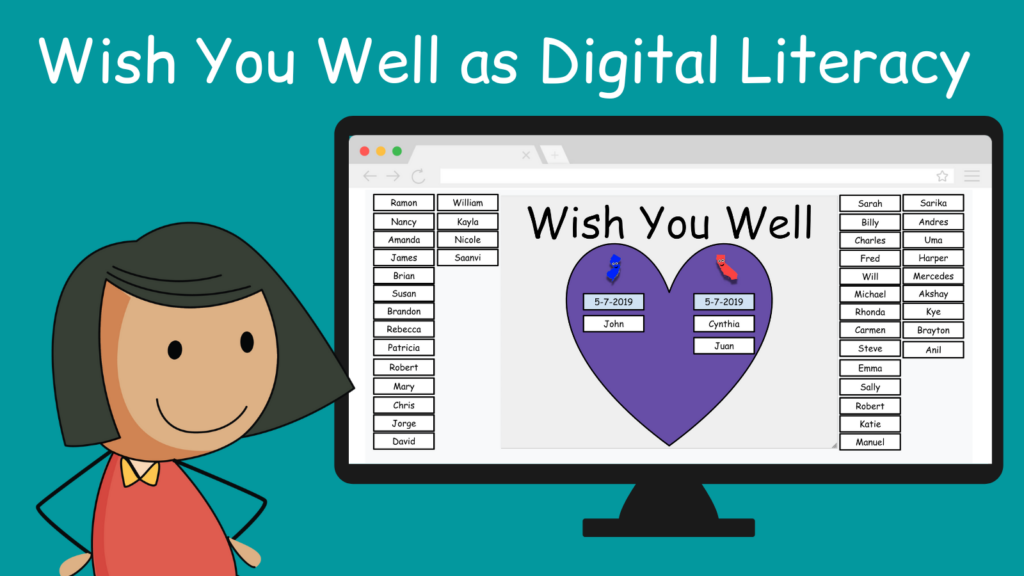
Acknowledging Digital Media in Early Childhood
We had the privilege of attending and presenting at the NAEYC 2022 Annual Conference in Washington DC. While there were many excellent sessions, we were specifically on the lookout for ways to grow as educators of young children who are thoughtful about the use of technology to support best practices in the classroom.
We were able to attend a session with Faith Rogow, author of Teaching Beyond the Screen Time Debates: Practical Strategies for Integrating Media Literacy into Early Childhood Education. We were excited to spend time listening deeply to her perspective, and gain new insights into the practices we apply in our kindergarten classrooms. During our time with Faith, we drew many connections to our classroom practices, and very specifically to those we shared in our presentation on Cross-Country Collaboration Between Kindergarten Classes.
In this short series of blog posts, we will be reflecting on those connections. We are hoping this provides a space to let educators into our process as we continuously seek to clarify, enhance, and ensure that technology used between collaborating classes offers an example of how we can support appropriate learning and development within our current culture.
We can keep kids away from screens, but we can’t keep them away from their culture. If your life includes digital media, so does theirs.
Faith Rogow
Keys Competencies for Media Literacy
In Faith’s presentation, she spoke about competencies that work in conjunction with each other to develop rich digital literacy experiences. We will be using the eight competencies that she introduced as key aspects of media and technology integration, in order to reflect on our practices between our kindergarten classes in New Jersey and California.
| Inquiry | What are my questions? How can I analyze the information? |
| Reflection | How does this technology/media make me feel: emotionally, mentally, physically? |
| Creation | How can I make my own media? |
| Comprehension | Do I know what I’m looking at? |
| Collaboration and Connection | How do I use technology to link to other people? |
| Action | How can I appropriately and safely act on my reaction to something? |
| Engagement and Exploration | How can I safely explore my own ideas through play? |
| Attention | What media is in my space? |
Wish You Well
We have shared about the Wish You Well Heart as a tool that allows students to recognize who is in the classroom with them, and who is in a collaborating classroom in another location. Through this Conscious Discipline ritual, children are provided with a sense of belonging, while nurturing the understanding that there are people who exist in spaces beyond their own. Students develop a sense of empathy as they learn each other’s names, wonder why children may not present on a given day, and discover ways to share their thoughts and expressions of caring that reflect communication in our current culture.
Rather than a big unveiling of a collaborating class, this ritual is shared from the first day of school. This approach normalizes the culture of inclusion, and helps children understand that learning and discovery exist beyond the walls of the classroom all the time. Daily collaboration becomes a norm rather than an isolated experience.
Key Competencies Developed through the
Wish You Well Ritual
Comprehension: Do I know what I am looking at?
The Wish You Well Heart provides a visual experience for children to learn the names of their peers in the classroom, alongside names of children in another location. As the teacher uses think-aloud opportunities, students discover sequences of letters in words, text boxes, and how to manipulate objects on the screen. Students spontaneously compare names in each class and recognize similarities and differences.
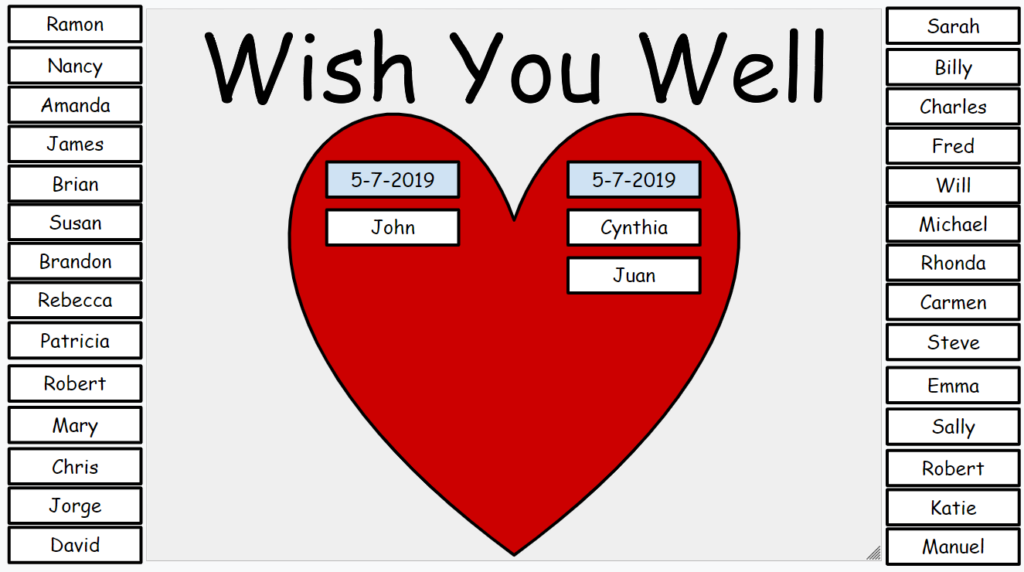
Inquiry: What are my questions? How can I analyze the information?
Children develop curiosity about others who are not in the classroom each day. This includes children in their own space and in the alternate location. They compare information by counting names on each side of the heart, notice spellings of names in both classes, and make comparisons to information in the heart as it changes over time.
Reflection: How does this technology/media make me feel: emotionally, mentally, physically?
Children develop empathy for others who may be out of the classroom having different experiences. This may include excitement for others who are exploring the world with family. They also demonstrate concern, compassion, and caring for those who are sick.
Collaboration and Connection: How do I use technology to link to other people?
Children participate in this ritual asynchronously as part of a daily experience:
- Students understand that each class only works on their side of the heart, although everyone has access to the information. Respectful digital collaboration is embedded in the experience.
- They cross-check names from the Wish You Well heart with the children they see in daily video weather reports as they develop an understanding that other humans are beyond the screen. This broadens their world as they become curious about each other.
Action: How can I appropriately and safely act on my reaction to something? Attention: What media is in my space?
Children discover that they can use other tools, such as Seesaw, in conjunction with their Wish You Well Heart discoveries. For example, when one child was absent for a long period of time, we were able to record the Wish You Well Song video, and she responded with an audio message of gratitude that she created with her family at home.
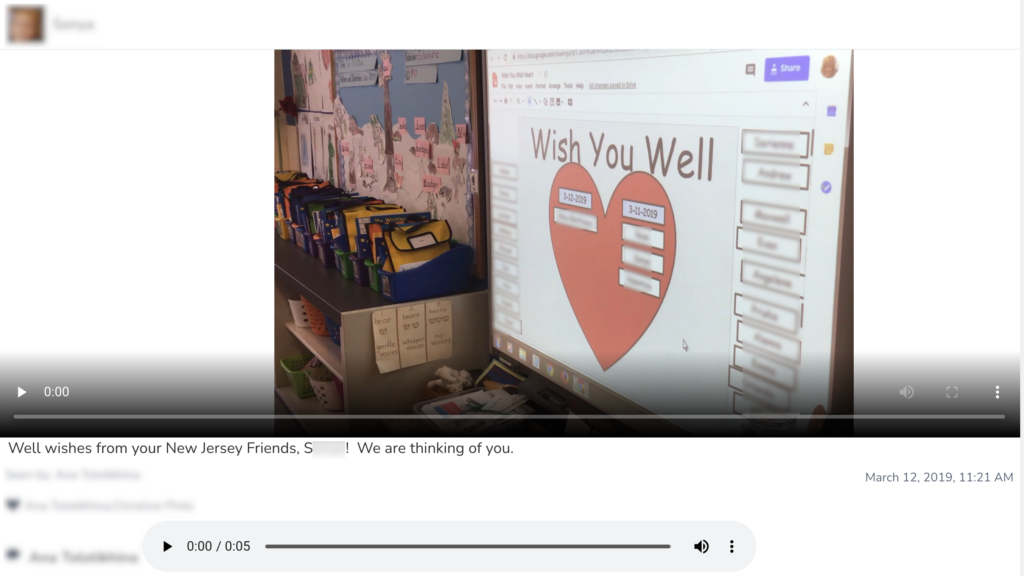
Creation: How can I make my own media? Engagement and Exploration: How can I safely explore my own ideas through play?
Children naturally bring the ritual into their play as they initiate creating their own versions of the Wish You Well Heart using technology and hands-on materials. Experiences are shared between classes, inspiring new play among children in the other location.
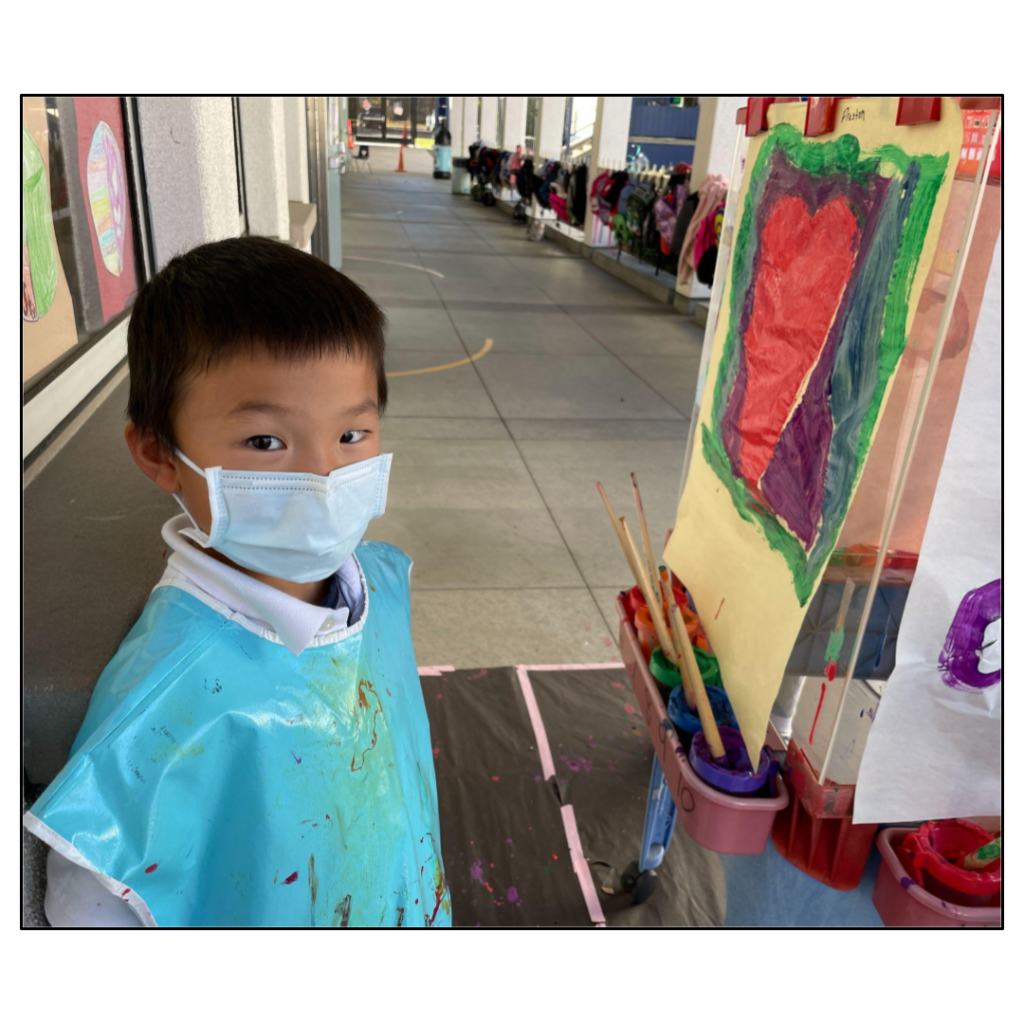
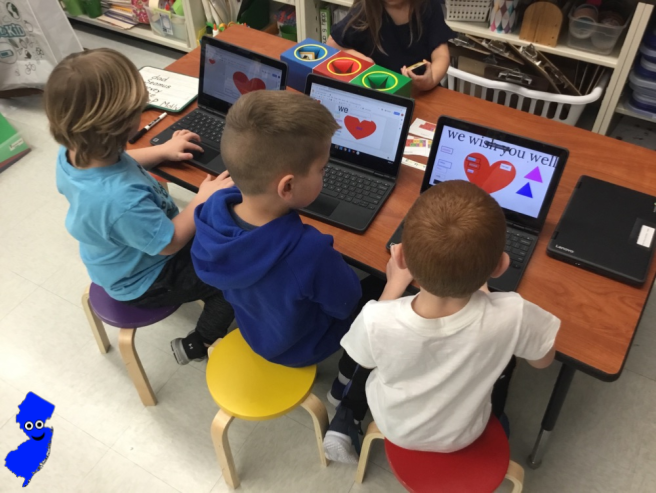
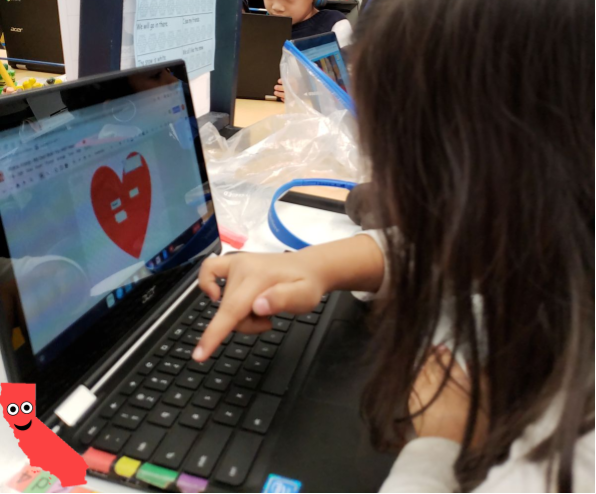
Reflection
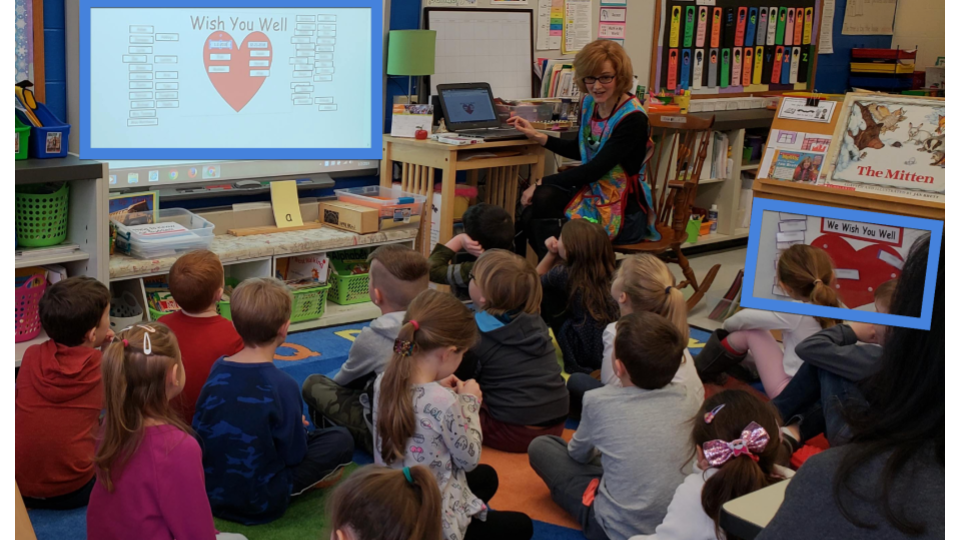
While the original Wish You Well Heart from Conscious Discipline serves as a wonderful tool for developing a culture of belonging and caring within one classroom, opening up this ritual through a shared space provides new opportunities to reach deeper levels of digital literacy. Rather than focusing solely on big collaborative projects, students can contribute to establishing a digital culture of acceptance, caring, and creative contribution that translates to the world in which they live.
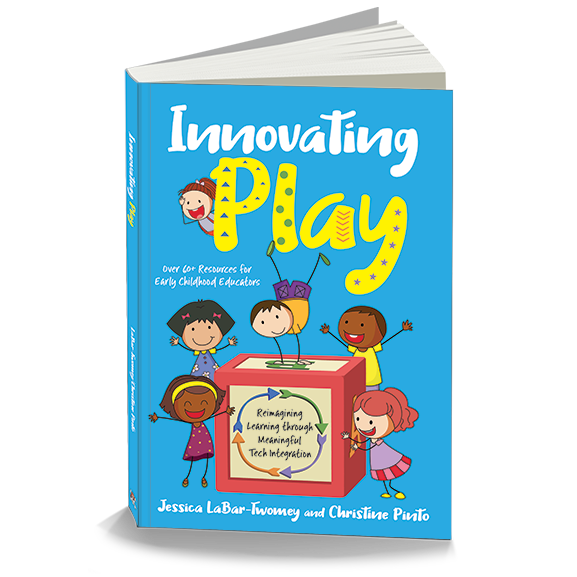
We share about the experiences we’ve had with the Wish You Well ritual in Chapter 1 of our Innovating Play book. This includes activity and extension ideas! Grab your copy in print or digitally through Amazon and Barnes & Noble.
